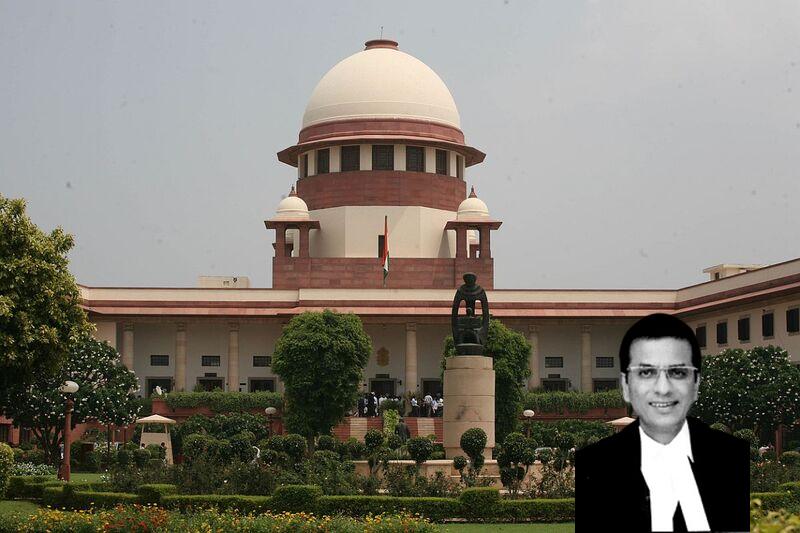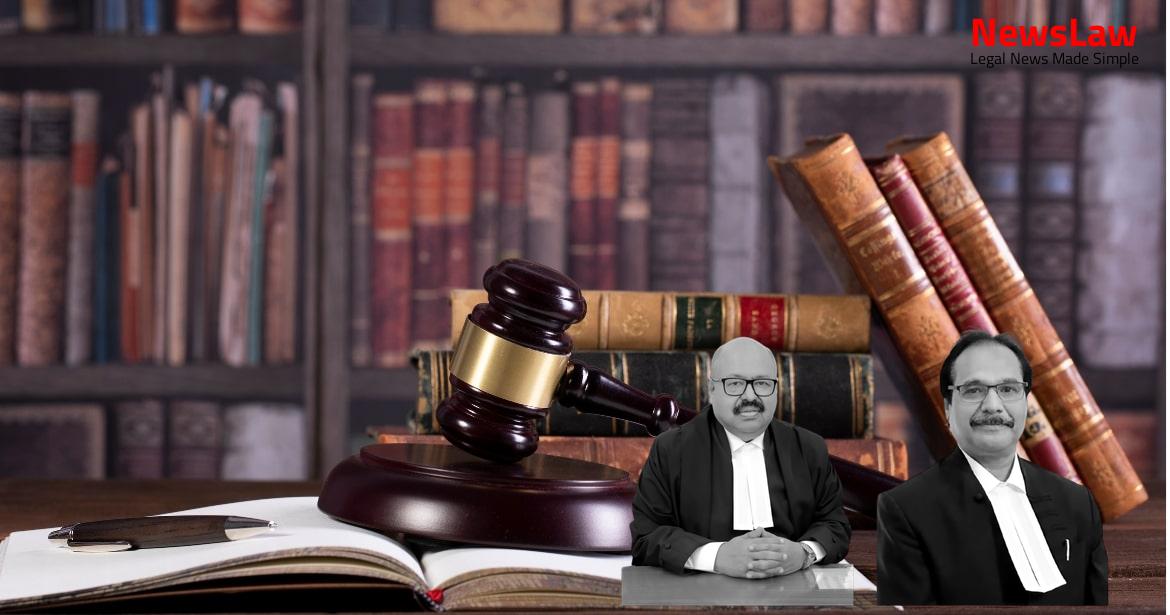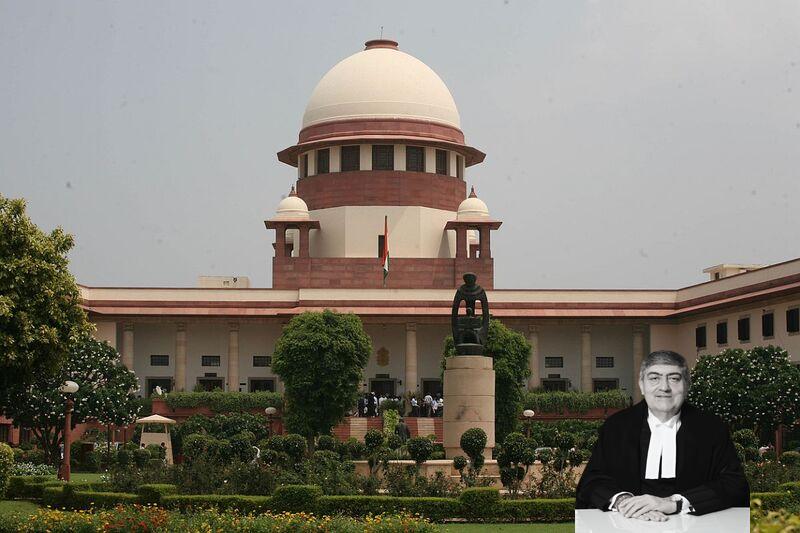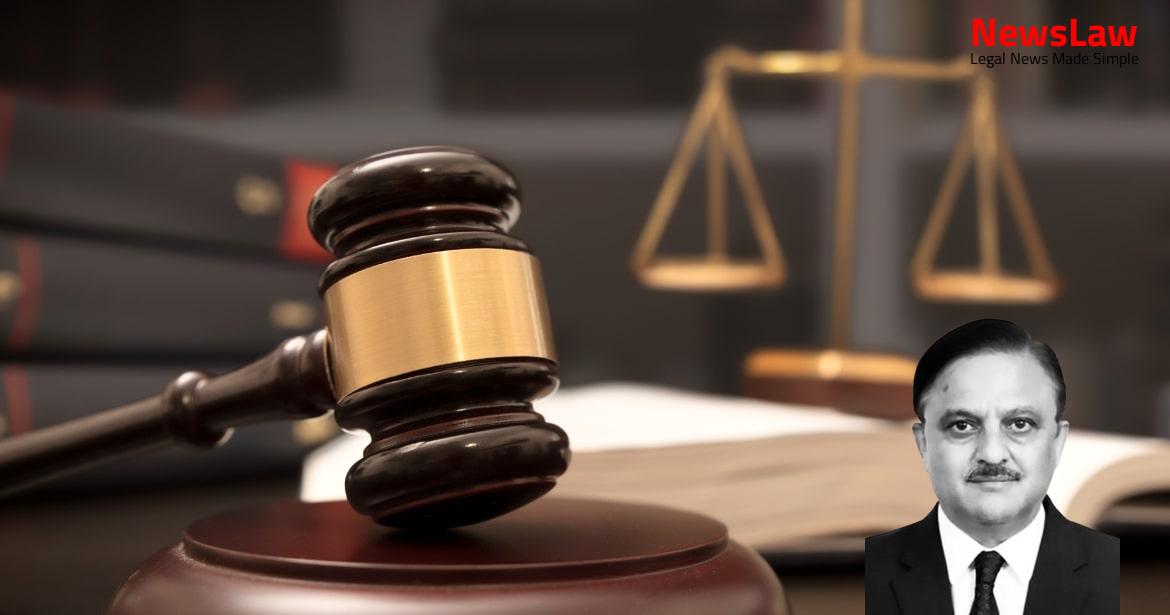By the judgment and order dated 4 April, 2017, the High Court 2 affirmed the judgment and order dated 6 May, passed by the Central Administrative Tribunal (“Tribunal”, hereafter) allowing an Original Application under section 19 read with section 14 of the Administrative Tribunals Act, 1985 as well as a subsequent order dated 30 May, 2000 dismissing a Review Application. The 1990 Rules stood amended by the Department of Posts (Postal Assistants and Sorting Assistants) Recruitment (Amendment) Rules 1991 (“Amendment Rules”, hereafter) vide a Notification dated 31 January, 1992. This being the position of the recruitment rules, the Superintendent of Post Office, Kheri vide a letter dated 17 April, 1995 requisitioned from the District Employment Officer, Lakhimpur Kheri a list of eligible candidates for the purpose of recruitment of 10 (ten) Postal Assistants in Lakhimpur Kheri postal division for the year 1995. However, the Chief Post Master General sent a letter dated 22 March, 1996 to various Postmasters General. Thus neither, in the communication (Annexure R-1) sent to the Employment Exchange Lakhimpur Kheri or in the advertisement given in the Newspaper (Annexure A-1 to the O.A.) there was mention that the candidates who cleared the Intermediate (10+2) examination with ‘vocational subject’ would not be eligible.
In view of the discussions made above, the respondents are directed to send the applicants for further required training and on completion thereof, and other formalities, to appoint the applicants as Postal Assistants. Vide order dated 10th December, 6 2021, the High Court dismissed the review application observing that a court exercising review jurisdiction under section 114 of the CPC read with Order XLVII Rule 1 thereof has a very narrow and limited scope to interfere and that the judgment and order under review did not suffer from any mistake or error apparent on the face of the record warranting interference. As the Amendment Rules had not been taken note of by the High Court during arguments, the judgment and order dated 4 April, 2017 suffered from an error apparent on the face of the record which necessitated the Review Application.
Since the third respondent was sought to be disqualified not based on any executive order but based on a true and proper interpretation of recruitment rules framed under Article 309 of the Constitution, the High Court committed grave error in not interfering with the direction of the Tribunal to appoint the applicants before it. Even otherwise, the certificate of the third respondent issued by the Board of High School and Intermediate Education, Uttar Pradesh (“said Board”, hereafter) on 24 July, 1991 clearly manifests that he was a student of the ‘Regular’ stream and could not have been disqualified on the ground that he had pursued education at the 10+2 level in the vocational stream. It appears that the Amendment Rules were duly published in the Gazette of India dated 15 February, 1992, a copy whereof has been produced by Ms.
It is observed that the Tribunal or the High Court did not have the occasion to advert to the certificate issued in favour of the third respondent and proceeded to decide the Original Application, the Writ Petition and the Review Applications 10 without any reference to the Amendment Rules because of inept handling of the case by the appellant. It has been contended on behalf of the third respondent that ‘Regular’ in the certificate signifies regular stream and not vocational stream. It is entirely the prerogative of the employer, after applications are received from interested candidates or names of registered candidates are sponsored by the Employment Exchanges for public employment, to decide whether any such candidate intending to participate in the selection process is eligible in terms of the statutorily prescribed rules for appointment and also as to whether he ought to be allowed to enter the zone of consideration, i.e., 11 to participate in the selection process. However, if the candidature is not rejected at the threshold and the candidate is allowed to participate in the selection process and ultimately his name figures in the merit list – though such candidate has no indefeasible right to claim appointment – he does have a limited right of being accorded fair and non- discriminatory treatment.
If the appellant had declared the third respondent as ineligible based on the appellant’s appreciation of the educational qualification of the third respondent at the threshold, the situation would have entirely been different. There is little doubt that the decision to treat the third respondent as ineligible was based on the certificate; however, there is no gainsaying that the certificate produced by the third respondent in support of his claim that he had qualified in the relevant examination and, thus, was eligible to be considered for appointment, did leave room for two views. Even if it is assumed that the certificate was duly looked into, we are inclined to the view on facts (given the contents of the certificate produced by the third respondent and in the absence of conclusive information as to the nature of education imparted to the third respondent at the intermediate level) that the appellant ought to have, in the least, requested for a clarification from the said Board as to whether the third respondent could be treated to have cleared the intermediate examination of 1991 in “vocational stream” or in the category of ‘Regular’ and, thus, was (in)eligible to compete for appointment in terms of the 1990 Rules, as amended.
The determination of the appellant, in the present case, undoubtedly hinged on its scarce knowledge of the nature of the third respondent’s education, evincing that his exclusion was not on the basis of a valid and proper reason and was, decidedly, arbitrary. At the same time, we cannot overlook that by passage of time, the third respondent has crossed the maximum age for entry into public employment. Accordingly, it is directed that: (i)



